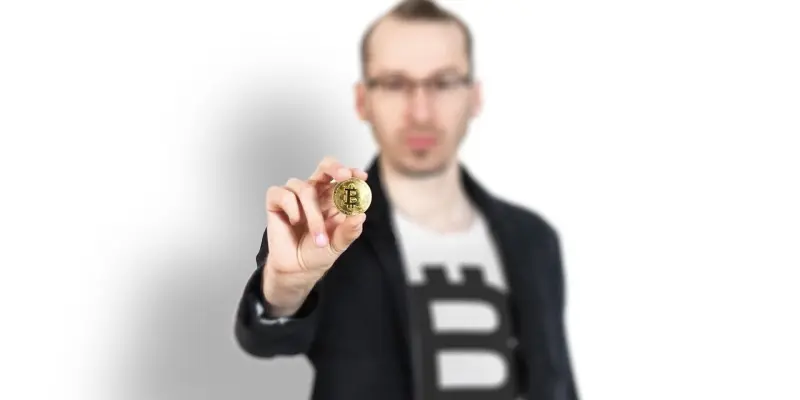The European Central Bank (ECB) has made a notable move by increasing its gold holdings to 35% of its total foreign reserves, a significant boost from the previous 15%, positioning itself firmly away from the cryptocurrency debate. At a time when some US states, including Texas, Ohio, Florida, and Massachusetts, are contemplating adding Bitcoin to their reserves, the ECB’s decision stands in direct contrast. This shift underscores the ongoing global conversation about the relative merits of Bitcoin and gold as store-of-value assets. The value of Bitcoin has seen fluctuations between $106k and $91.7k, while gold has reached an all-time high of $2,798. Despite this dynamic, the ECB remains resolute in its stance against Bitcoin for its strategic reserves, emphasizing traditional asset security over digital currency trends.
ECB’s Criteria for Reserve Assets
ECB President Christine Lagarde has explicitly stated that Bitcoin does not meet the stringent requisites for reserve assets. The key criteria emphasized by Lagarde include liquidity, security, and insulation from money laundering and other criminal activities. According to Lagarde, since the ECB’s establishment in 1998, it has prioritized assets that are highly liquid and secure. This policy direction was further consolidated by the ECB’s Governing Council, which decisively rejected the inclusion of Bitcoin as a strategic reserve. Lagarde’s commentary further highlights the ECB’s unwavering commitment to these principles, marking a clear divergence from the growing trend of incorporating digital assets.
The conservative approach adopted by the ECB starkly contrasts with the more adventurous strategies observed in other regions, particularly in institutions and countries such as El Salvador. Since adopting Bitcoin for its reserves, El Salvador has not only benefited from profitable returns but has also attracted foreign investment. This disparity in approach underscores the ECB’s preference for the stability and security provided by traditional assets, even if it means potentially lower yields compared to the high returns associated with Bitcoin. Lagarde’s outlook on the European Union’s economic performance also suggests that the ECB is bracing for continued economic sluggishness in the near term, despite recent monetary policy easing measures.
Diverging Paths in Global Fiscal Policy
The global financial landscape is increasingly divided in strategies concerning asset management and fiscal policy. On one side, several nations and institutions are considering the high returns of Bitcoin, despite its volatility and associated risks. On the other side, entities like the ECB prioritize the stability and security of traditional assets like gold. This split represents a critical juncture in the evolution of global fiscal strategies and policy management. The differing approaches highlight the varying priorities and risk appetites of financial regulators and institutions worldwide.
The debate over Bitcoin and gold as strategic reserves is ongoing. Some analysts argue that the ECB’s conservative stance could put the European bloc at a strategic disadvantage, as other regions may benefit from the high returns of digital currencies. Conversely, proponents of the ECB’s approach maintain that in times of economic uncertainty, traditional assets like gold offer a level of security and stability that newer, more volatile assets cannot match.
Ultimately, the long-term impacts of these diverging paths in fiscal policy and asset management will only become evident over time. The global financial community will closely watch to see if the ECB’s commitment to traditional assets or the more innovative pursuits of digital currencies will prove more advantageous in the evolving financial landscape.

